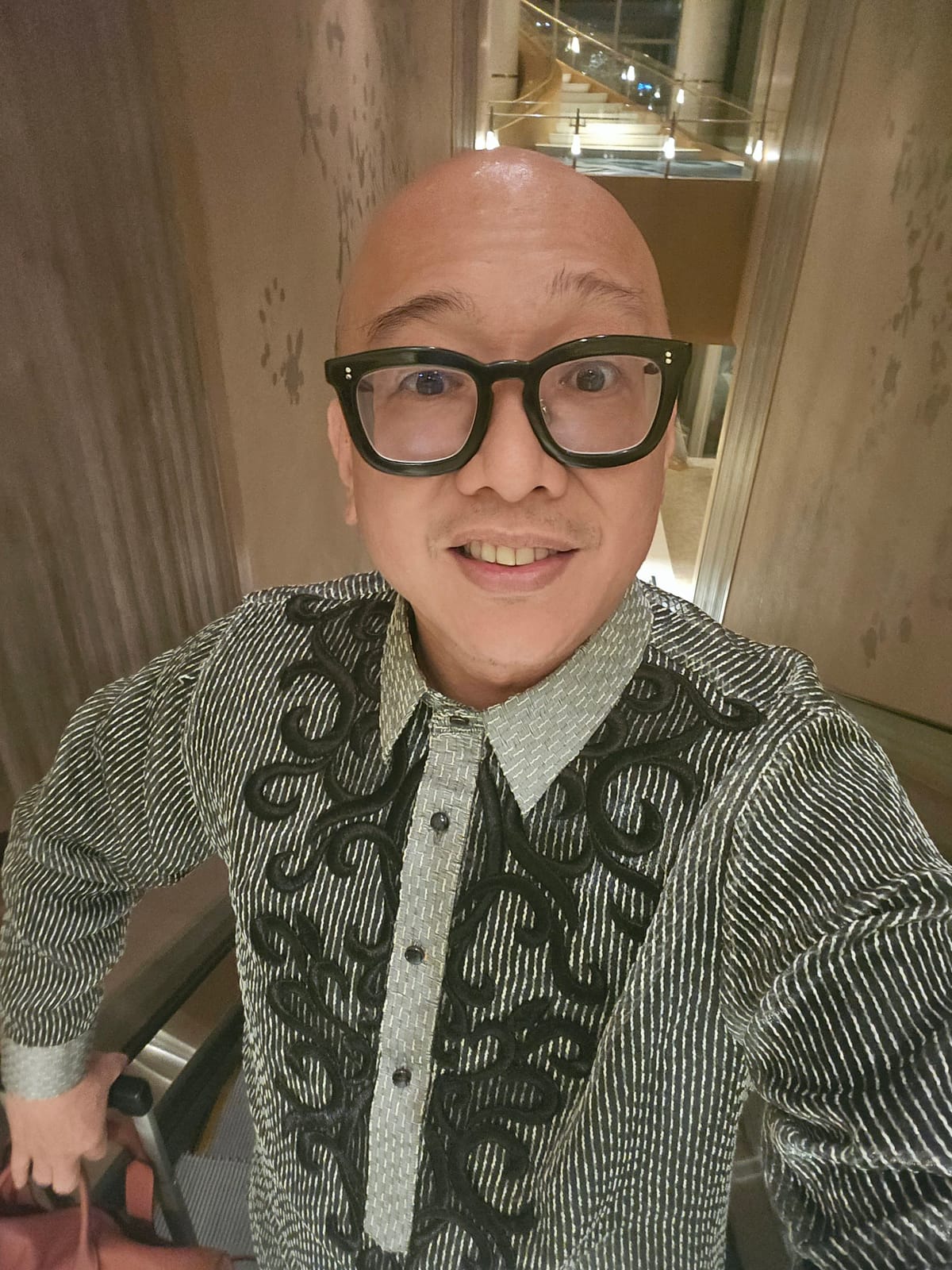Embracing Heritage: My Journey from Batik to Barong Tagalog
Transitioning from Indonesian batik to Filipino Barong Tagalog, I explore my heritage and identity, celebrating both cultures through fashion.

In the rich tapestry of Southeast Asian culture, fabrics and fashion hold a distinguished place, weaving stories of heritage and identity. As an individual who has called Indonesia home, I've been captivated by the vivid array of colors and patterns that batik offers. Each thread in batik is not just a piece of art; it's a narrative of the land's history and the diverse culture of its provinces.
However, a recent encounter initiated a change in my sartorial choices. I recall attending an event a few months ago, where a Filipino executive expressed her pride in being the first from her nation to be invited. This revelation struck a chord. Despite my Filipino roots, I realized that in representing Indonesia in various gatherings, I had inadvertently overlooked a part of my own heritage. It was an epiphany that set me on a new path: embracing the Barong Tagalog.
The Barong Tagalog, much like the batik, is not merely a garment; it is a symbol. For Filipinos, it is a proud declaration of identity, a manifestation of national pride woven into its translucent, delicate fabric. It harks back to the days of Spanish colonization, symbolizing resilience and quiet resistance in its refusal to be fully opaque.
In my quest to reconnect with my Filipino roots, I have entrusted my vision to the skilled hands of fashion designer Edwin Uy. His creations are not just clothing; they are masterpieces that embody the elegance and dignity of the Barong Tagalog. Each piece is a work of art, reflecting the grace and resilience of the Filipino spirit.
The Confluence of Batik and Barong Tagalog
While both batik and the Barong Tagalog are quintessential representations of their respective cultures, they are as distinct as they are similar. Batik, with its intricate, dyed patterns, tells stories in vibrant hues and serves as an emblem of the artistic heritage of Indonesia. Each province showcases its unique pattern, symbolizing the region's history and folklore.
Conversely, the Barong Tagalog speaks through its sheer, ethereal fabric, often made from piña or jusi. It's adorned with delicate, hand-embroidered designs, often depicting elements of nature and Philippine folklore. While batik is a canvas of color, the Barong Tagalog is a dance of light and shadow, an embodiment of understated sophistication.
The Cultural Significance of the Barong Tagalog
In the Philippines, the Barong Tagalog is more than just a traditional attire; it is a garment of honor and respect. Worn at formal events, it transcends fashion, becoming a symbol of dignity and national pride. Its significance is deeply interwoven with the country's history, embodying the Filipino spirit of resilience and grace under pressure.
By choosing to wear the Barong Tagalog at international events, I am not just making a fashion statement; I am carrying a piece of the Philippines with me. It's a celebration of my heritage, a homage to my roots, and a statement of my identity as a Filipino.
In this sartorial journey, I find myself bridging two cultures, intertwining the vibrant threads of batik with the elegant simplicity of the Barong Tagalog. It's a journey of self-discovery, a reflection of the power of clothing in expressing our identity and heritage.
Be well,
YRB
